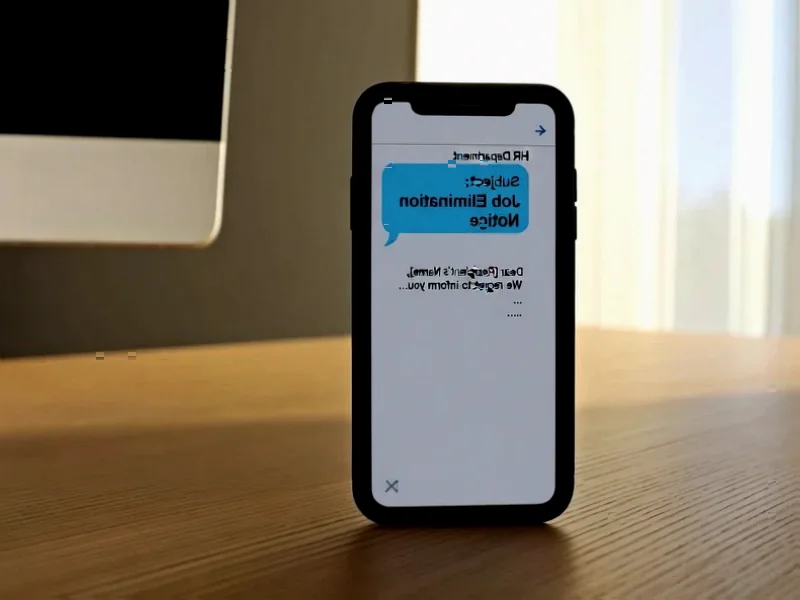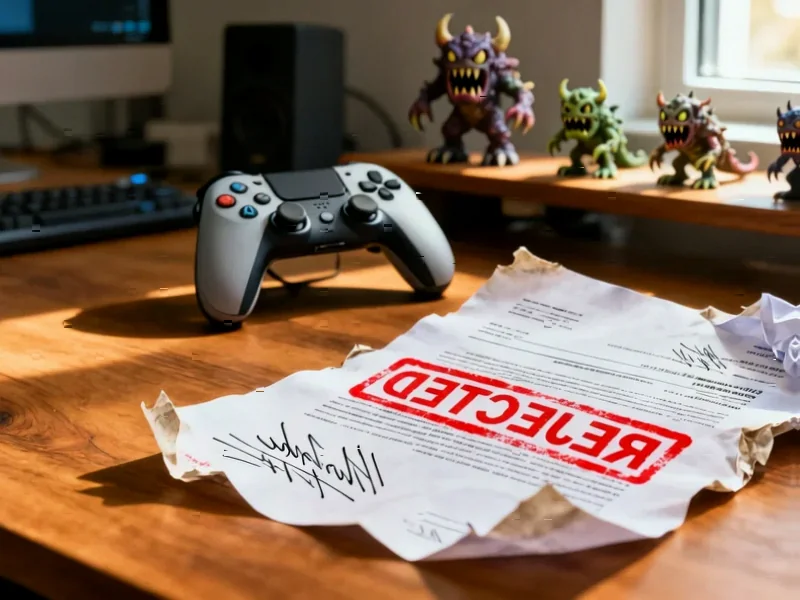According to Android Authority, YouTube TV has emailed Disney proposing to immediately restore ABC and ESPN networks while negotiations between the two companies continue. The move comes after Disney specifically requested that Google temporarily restore ABC on YouTube TV for Election Day coverage, citing public interest. YouTube TV rejected Disney’s one-day-only proposal, stating it would create customer confusion among users who might see channels briefly reappear and then disappear again. The company emphasized that election coverage remains widely available through other news channels on YouTube TV and free livestreams on YouTube, while stressing it wants to reach a “fair deal” and could restore Disney channels “in hours” if Disney agrees.
The Public Negotiation Strategy
This public exchange reveals a sophisticated negotiation strategy from both sides. Disney’s request for temporary restoration of ABC for election coverage positions them as serving the public interest, while YouTube TV’s counteroffer to restore both ABC and ESPN networks frames them as the reasonable party seeking comprehensive resolution. This isn’t the first time streaming services have used public pressure in carriage disputes – we saw similar tactics during the 2021 YouTube TV and Roku standoff and numerous traditional cable disputes over the years. What’s different here is the speed at which these negotiations play out publicly, with both companies using their platforms to shape consumer perception and apply pressure.
The Real Customer Experience Challenge
YouTube TV’s concern about customer confusion isn’t just corporate rhetoric – it reflects genuine user experience challenges in the streaming era. When channels disappear and reappear, it creates what I call “streaming service whiplash” where users lose trust in the reliability of their paid service. This is particularly damaging for YouTube TV, which positions itself as a cable replacement with consistent channel availability. The temporary restoration approach that Disney proposed could indeed backfire, creating frustration that might drive customers to competitors rather than building goodwill. As YouTube’s official response indicates, they’re taking a longer-term view of customer relationships rather than short-term fixes.
Broader Market Implications
This dispute represents a critical inflection point in the evolution of streaming television economics. As traditional cable subscriptions decline, streaming services like YouTube TV are becoming the new battleground for carriage fees and channel packages. The outcome of this negotiation could set precedents for how other streaming services handle disputes with major content providers. We’re seeing the maturation of the streaming market where the initial growth-at-all-costs phase is giving way to more traditional media business negotiations about revenue sharing and carriage agreements. This could signal the beginning of more frequent and public disputes as streaming services become the primary distribution method for live television.
The Technical and Business Realities
While YouTube TV claims it can restore channels “within hours,” this timeframe deserves scrutiny. The technical infrastructure for channel restoration involves multiple layers – content delivery network configurations, user interface updates, billing system adjustments, and compliance verification. In reality, while the core technical restoration might happen quickly, comprehensive testing and rollout across millions of users typically takes longer. More importantly, the business implications extend beyond simple channel restoration. Each restoration carries contractual implications, potential precedent-setting consequences, and impacts on ongoing negotiation leverage. The “hours” timeframe likely refers to the most basic technical implementation, not the full business resolution.
What Comes Next in Streaming Carriage Wars
This dispute foreshadows a new era of streaming carriage negotiations that will increasingly resemble traditional cable battles. As streaming services become more central to television distribution, we can expect more frequent public disputes, temporary channel blackouts, and complex negotiation tactics. The key difference will be the speed and transparency of these negotiations in the digital age. Consumers accustomed to instant gratification may have less patience for these disruptions than traditional cable subscribers, potentially accelerating resolutions but also increasing churn risk for services that mishandle these situations. The companies that navigate this new landscape successfully will be those that balance business realities with genuine customer experience considerations.




